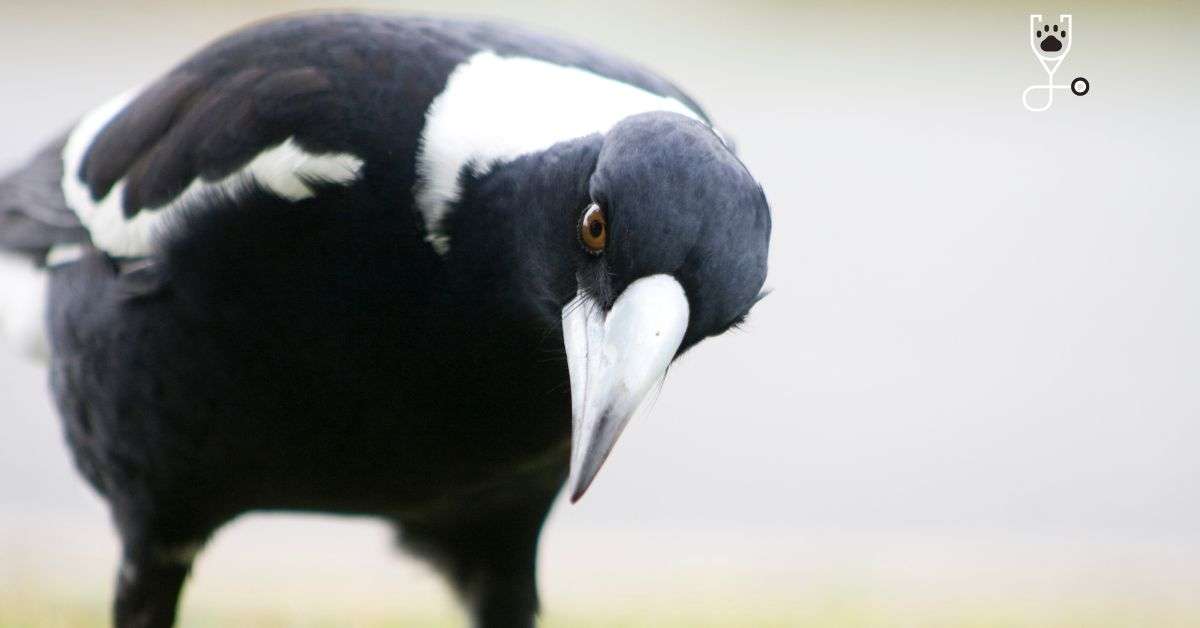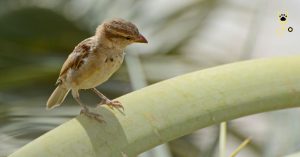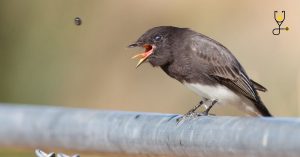Are crows the smartest birds? Do ravens have a better brain than magpies? What makes these creatures so special?
These are just some of the questions that will be answered in this post as we explore the world of corvids- the family of birds that includes crows, ravens, and magpies. While all three of these species are considered very smart, there are certain things that set each one apart. So, let’s take a closer look at these fascinating creatures!
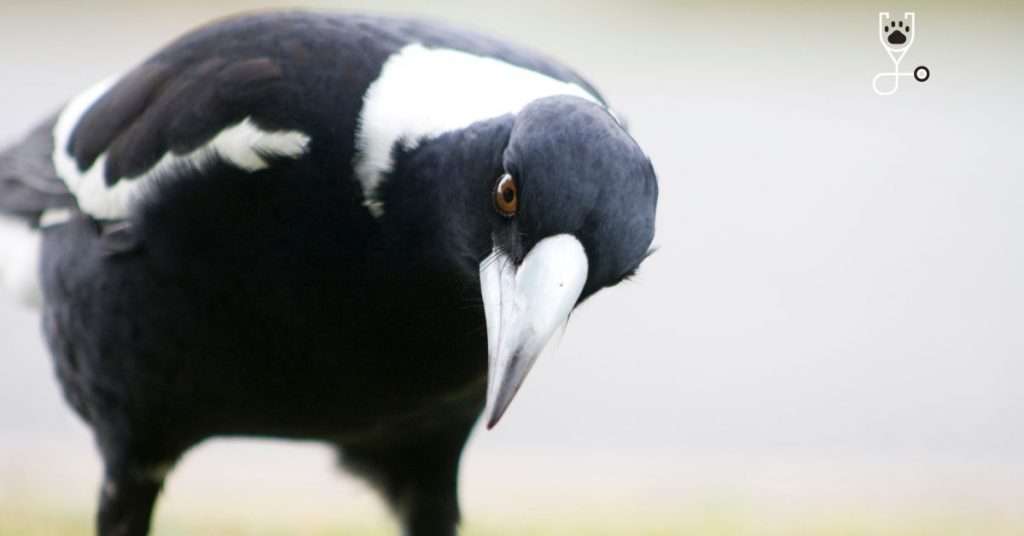
Raven Intelligence
Like other members of the corvid family, ravens are known for their high intelligence and problem-solving skills. In fact, ravens are so successful that their home range stretches from the Arctic, North America, Europe, Asia, North Africa, to islands of the Pacific Ocean.
Ravens are scavengers and will eat just about anything. They have been known to eat small mammals, eggs, insects, carrion, and even human garbage. One of the most interesting things about ravens is their ability to imitate sounds. Ravens have been known to imitate the calls of other birds, animals, and even humans.
This vocal mimicry is thought to be a form of communication between members of the same flock. Ravens are also very social birds and often form close bonds with other members of their flock. These bonds are so strong that they have been known to stay together for life.
Eurasian Magpie
The Eurasian Magpie is a member of the crow family, and like other members of this family, it is known for its intelligence. In fact, the Eurasian Magpie is one of the only non-primate species to recognize itself in a mirror test. This test, which is often used to measure self-awareness in animals, shows that the Eurasian Magpie has a high level of cognition.
In addition to its impressive intelligence, the Eurasian Magpie is also known for its striking appearance. The bird has glossy black feathers and a striking white chest, which makes it stand out from other members of the crow family. The Eurasian Magpie is found across Europe and Asia, and it has been introduced to Australia and New Zealand.
Although the bird is not considered threatened, its numbers have declined in recent years due to habitat loss and illegal hunting. However, the Eurasian Magpie remains one of the smartest and most striking birds in the world.
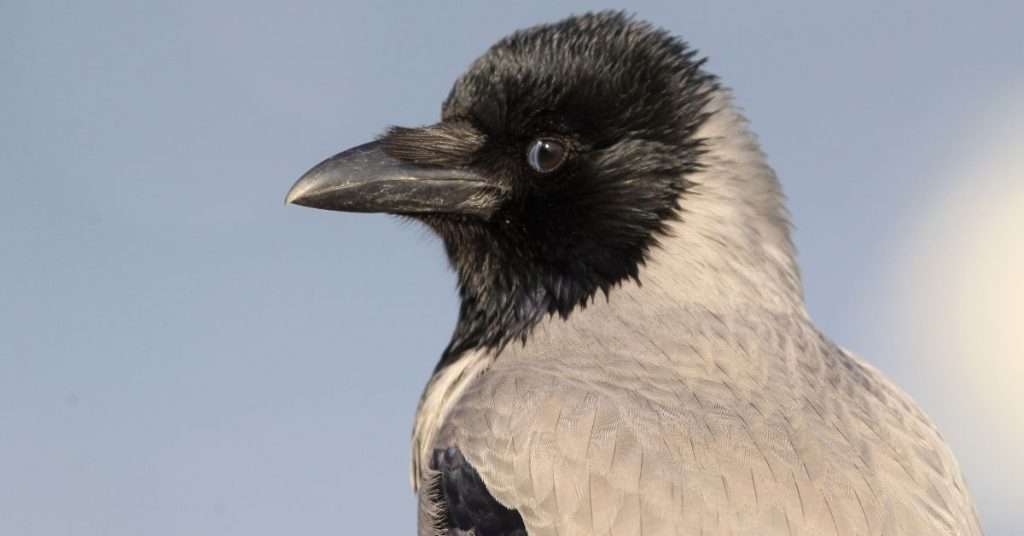
Magpie in Popular Culture
The magpie is a striking bird, with its black plumage and long tail. It is not surprising that this bird has been the subject of many superstitions and legends over the years. In Europe, the magpie has long been associated with evil, due to its similarities to crows and ravens.
However, in China, the magpie is considered to be a symbol of good luck. It is believed that this bird brings happiness and prosperity to those who hear its distinctive call. As a result, the magpie is a popular motif in Chinese art and literature. Whether viewed as a bringer of good fortune or an omen of bad luck, the magpie remains one of the most intriguing birds in the world.
Learn More: The Pet Birds – Ultimate Guide To Be a Responsible Bird Owner.
Talking Magpie
Ravens and magpies are both members of the Corvidae family, which also includes crows, jays, and nutcrackers. All of these birds are known for their high intelligence, and they are all very good talkers.
Ravens are particularly famous for their vocal abilities, as they are able to mimic the sounds of other animals and even human speech.
However, magpies are also excellent imitators, and they can sometimes reproduce human voices so accurately that it is eerie. Although magpies may imitate the sounds of humans, they actually mean no harm. In fact, many Native American cultures consider the magpie to be a sacred bird. The magpie is also a popular figure in European folklore, where it is often associated with good luck and happiness.
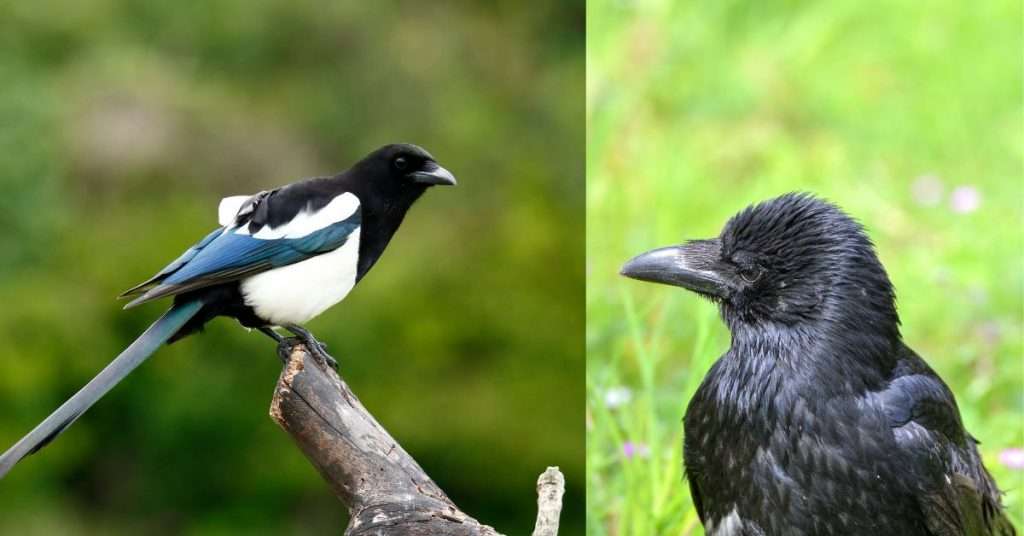
Crows: A Common Sight
Crows are one of the most common birds in North America, and they are found in nearly every habitat. These blackbirds are often considered to be pests, as they are known to steal food from other animals. However, crows are also very intelligent birds, and they have been known to use tools to solve problems.
In many cultures, crows are associated with death and darkness. However, in some cultures, crows are actually seen as lucky birds. For example, in China, the crow is a symbol of good fortune. In Celtic mythology, the crow is often associated with the goddess of war and death.
Despite their bad reputation, crows are actually very interesting birds, and they play an important role in the ecosystem.
Read More: Can Crows Talk? And if So, What Are They Saying?.
Crows and Ravens are Not Best Friends
Though they are similar in many ways, crows and ravens are not good friends and will usually not tolerate each other. Though both birds are black and of similar size, crows are actually a type of songbird, while ravens are more closely related to hawks and eagles. In the wild, these birds occupy different niches: crows prefer open habitats like fields and pastures, while ravens prefer more forested areas. This difference in habitat preference leads to different diets: crows primarily eat insects, while ravens are more likely to eat small mammals or carrion. These dietary differences likely contribute to the lack of friendship between these two bird species. In addition, crows are known for being very social birds, while ravens are more solitary.
As a result, these two bird species rarely interact and usually do not tolerate each other.

